9 Natural GLP-1 Alternatives That May Help You Lose Weight Without Drugs

We all struggle with weight management at some point in our lives, especially with the constant bombardment of processed foods and stressful modern lifestyles. Dr. Kate Lyzenga-Dean, an expert in Integrative and Functional Medicine with over a decade of experience, understands this challenge intimately. After battling severe stress-induced health issues during her medical studies, she dedicated her career to uncovering the root causes of chronic diseases. "Science is proving again and again that the old simplistic model of calorie in calorie out simply does not work for most women, especially as we age," explains Dr. Lyzenga-Dean. Read on to discover natural alternatives that could help you manage your weight without expensive medications or their side effects.
The Weight Loss Challenge
Nearly half of all Americans—over 165 million people—are actively trying to lose weight right now. Fat loss is especially challenging for women, who face unique hormonal battles. "We're constantly bombarded by cheap, convenient, ultra-processed, food-like products. We're addicted to sugar. We're practically bathing in estrogenic chemicals that throw off our hormonal balance," Dr. Lyzenga-Dean points out in her recent post. These factors, combined with constant stress, make achieving and maintaining a healthy weight increasingly difficult.
Hormones: The Hidden Weight Loss Factor

Weight loss resistance often stems from hormonal imbalances rather than lack of discipline or willpower. Dr. Lyzenga-Dean explains, "The way your body carries weight, responds to the food you eat, and tolerates exercise is hugely influenced by hormones, including leptin, cortisol, insulin, estrogen, ghrelin, and of course, glucagon-like peptide 1." These hormones work together to regulate numerous bodily processes, including weight management and fat percentage. Understanding how GLP-1 works can provide insights into more natural approaches to weight management.
How GLP-1 Agonists Work

GLP-1 is produced in your gut when you eat, with certain foods triggering higher production than others. "GLP-1 then sends a signal to your pancreas that causes the release of insulin, which tells your cells to take in glucose from your blood, lowering your blood sugar," says Dr. Lyzenga-Dean. This explains why GLP-1 agonist medications were initially developed for type 2 diabetes treatment. The hormone also enhances feelings of fullness by activating certain brain areas and slows down gastric emptying, helping you feel satisfied longer.
Medications vs. Natural Alternatives
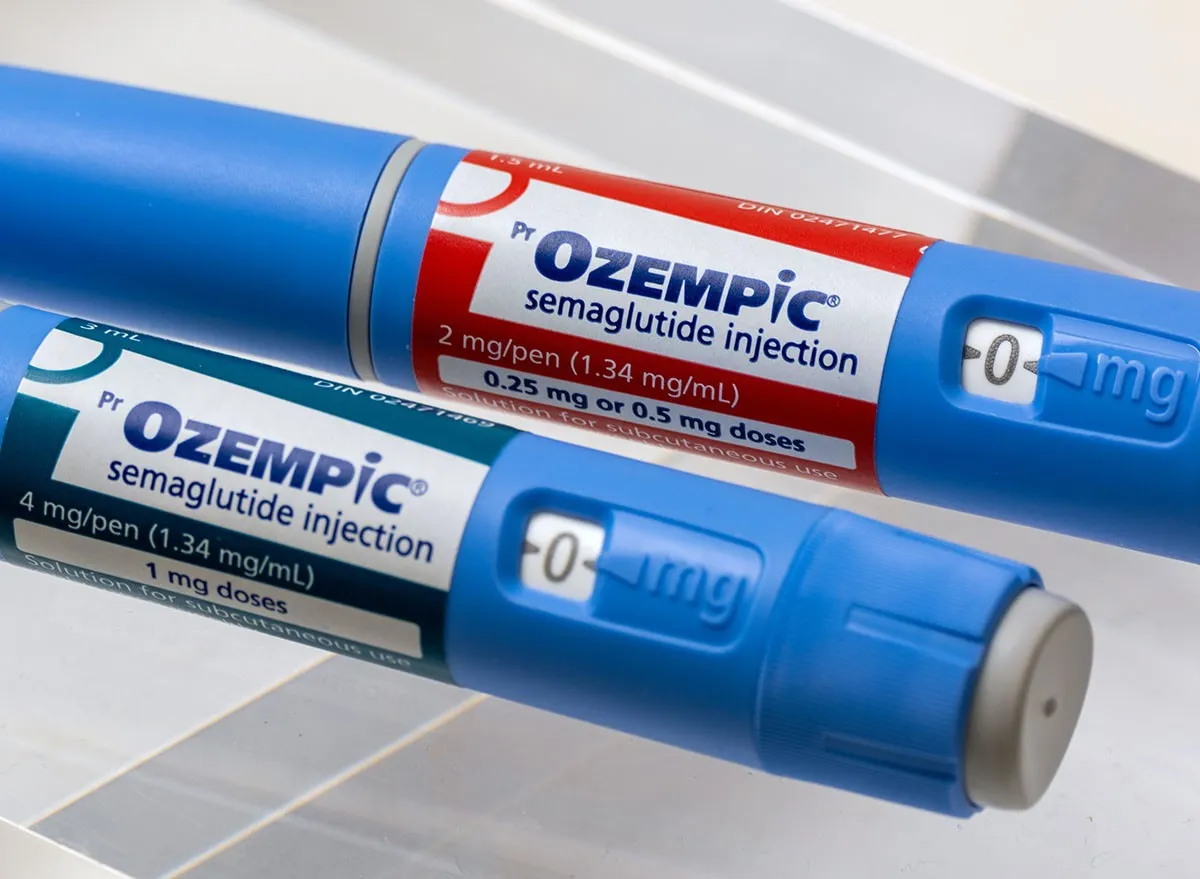
While medications like Ozempic are popular, Dr. Lyzenga-Dean highlights several drawbacks: "These drugs are expensive and rarely covered by insurance for folks who don't meet strict criteria, usually advanced diabetes." Additionally, these medications often require lifelong use to maintain results and can cause serious digestive side effects. According to Dr. Lyzenga-Dean, "One study reported that 50% of patients taking GLP-1 agonists experienced nausea while taking them."
The Rebound Effect

Discontinuing GLP-1 medications often leads to weight regain. "A 2022 study showed that participants who discontinued GLP-1 agonist treatment gained most of their weight back within one year," Dr. Lyzenga-Dean reveals. This happens because medications don't address why your body isn't producing enough GLP-1 naturally. However, supporting your body's natural GLP-1 production can help with weight loss, blood sugar balance, disease prevention, and even digestive health.
Healthy Fats Boost GLP-1
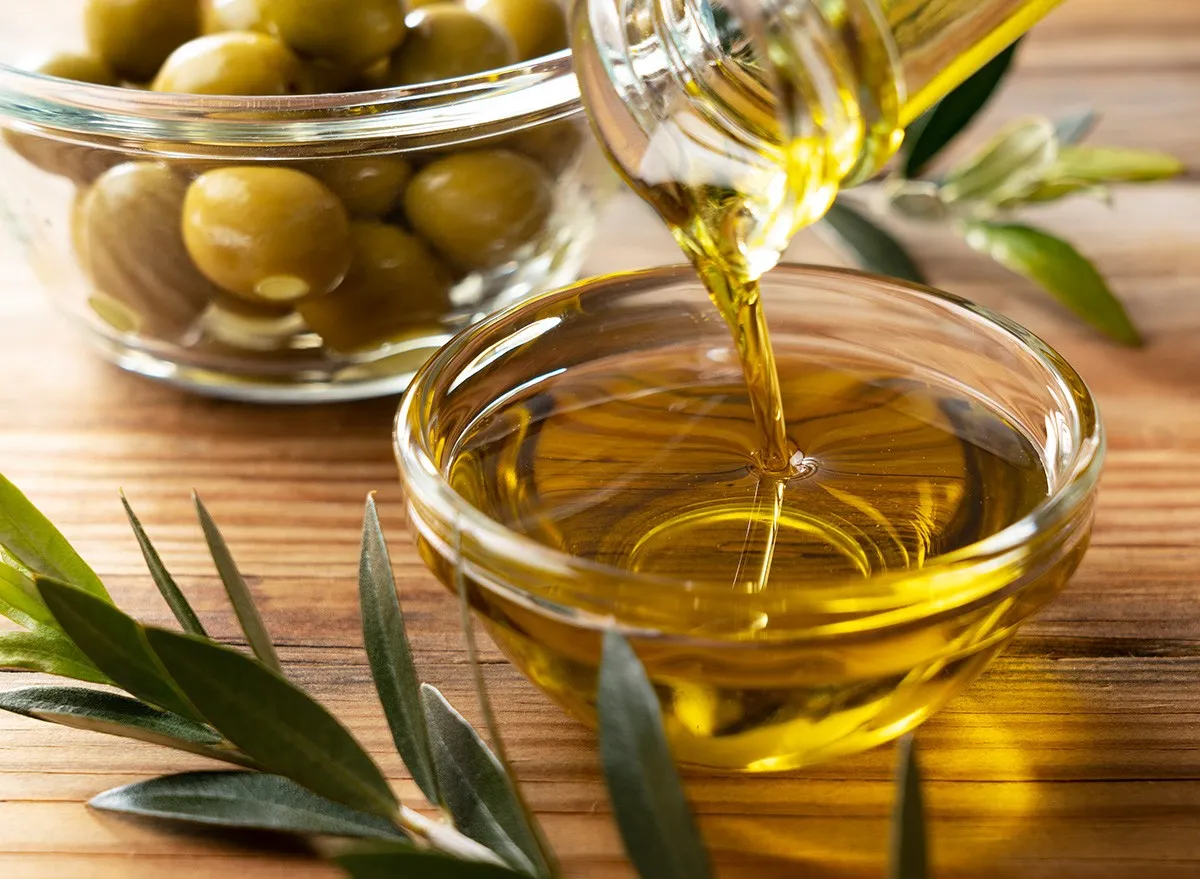
Increasing healthy fat intake is one of the quickest ways to balance blood sugar. "I know it sounds strange, but often you need to eat more fat to lose fat," suggests Dr. Lyzenga-Dean. This works because unsaturated, long-chain fatty acids strongly stimulate GLP-1 release from the gut. Foods rich in these healthy fats include nuts, seeds, olive oil, certain fish, and avocados. Dr. Lyzenga-Dean notes that research shows "GLP-1 concentrations went up following the addition of 85 grams of pistachios to a carb-heavy meal in overweight and prediabetic adults."
The Mediterranean Connection
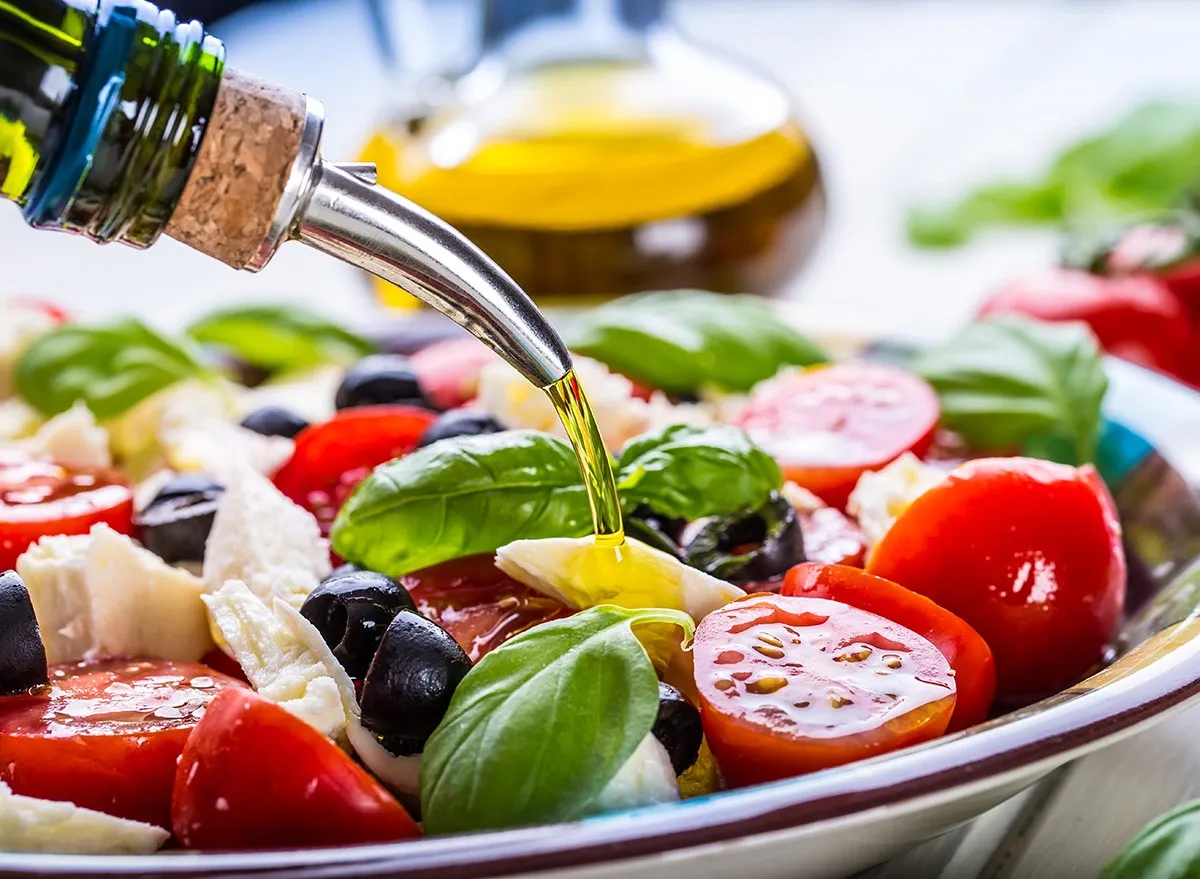
The Mediterranean diet, particularly its olive oil component, shows promising effects on GLP-1 levels. "Another study showed that eating a Mediterranean diet rich in olive oil for 28 days resulted in significantly higher GLP-1 blood concentrations after each meal," says Dr. Lyzenga-Dean. This natural approach helps increase post-meal satisfaction, decrease appetite for better portion control, and maintain steady blood sugar levels—all contributing to sustainable fat loss and prevention of metabolic disorders.
Protein-Rich Foods Support GLP-1
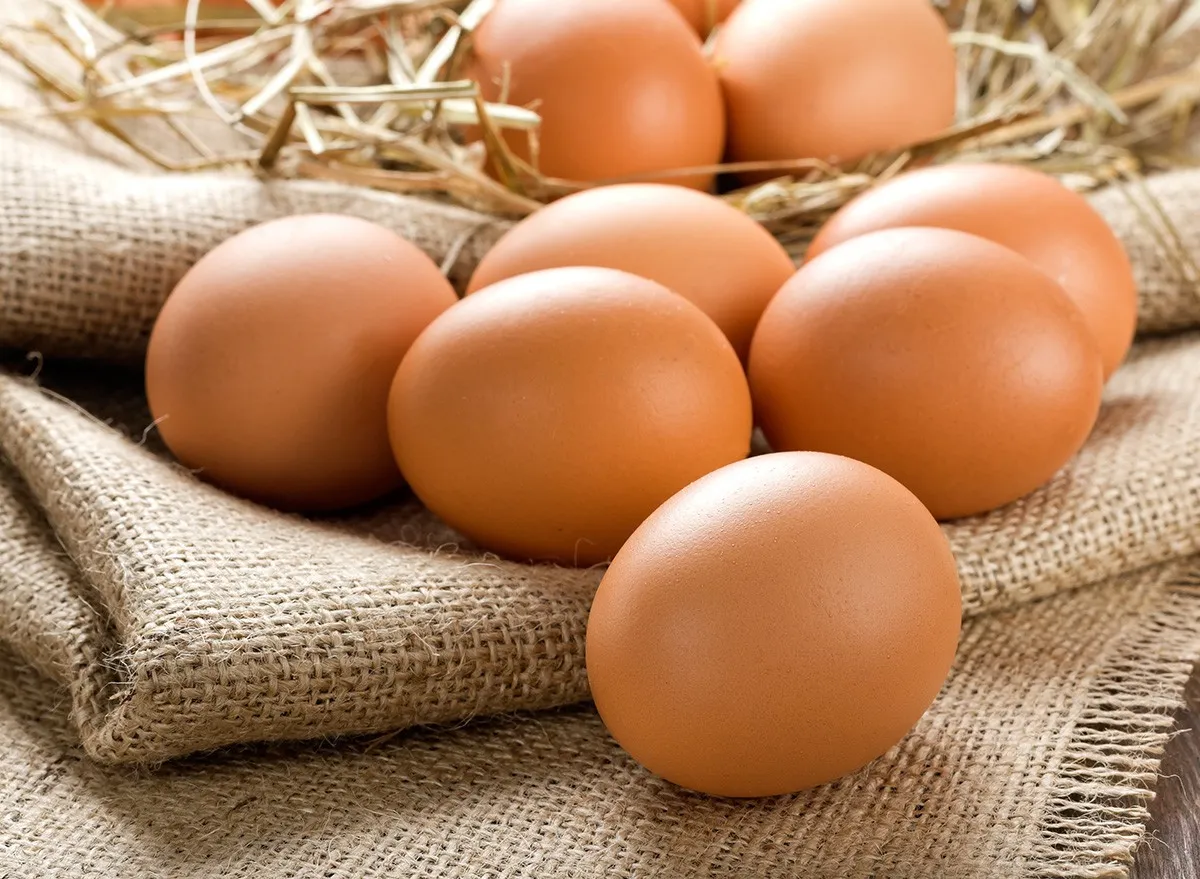
Similar to healthy fats, protein-rich meals stimulate GLP-1 secretion better than carbohydrate-heavy options. "Eggs are high in unsaturated fats, protein, and a unique and helpful micronutrient called choline, which helps balance blood sugar," Dr. Lyzenga-Dean points out. Research also shows that plain yogurt significantly increases GLP-1 production in the gut. Even if you don't tolerate these specific foods, the general principle applies: adequate whole-food protein intake supports GLP-1 hormone production and weight loss.
Flavonoids: Nature's GLP-1 Boosters
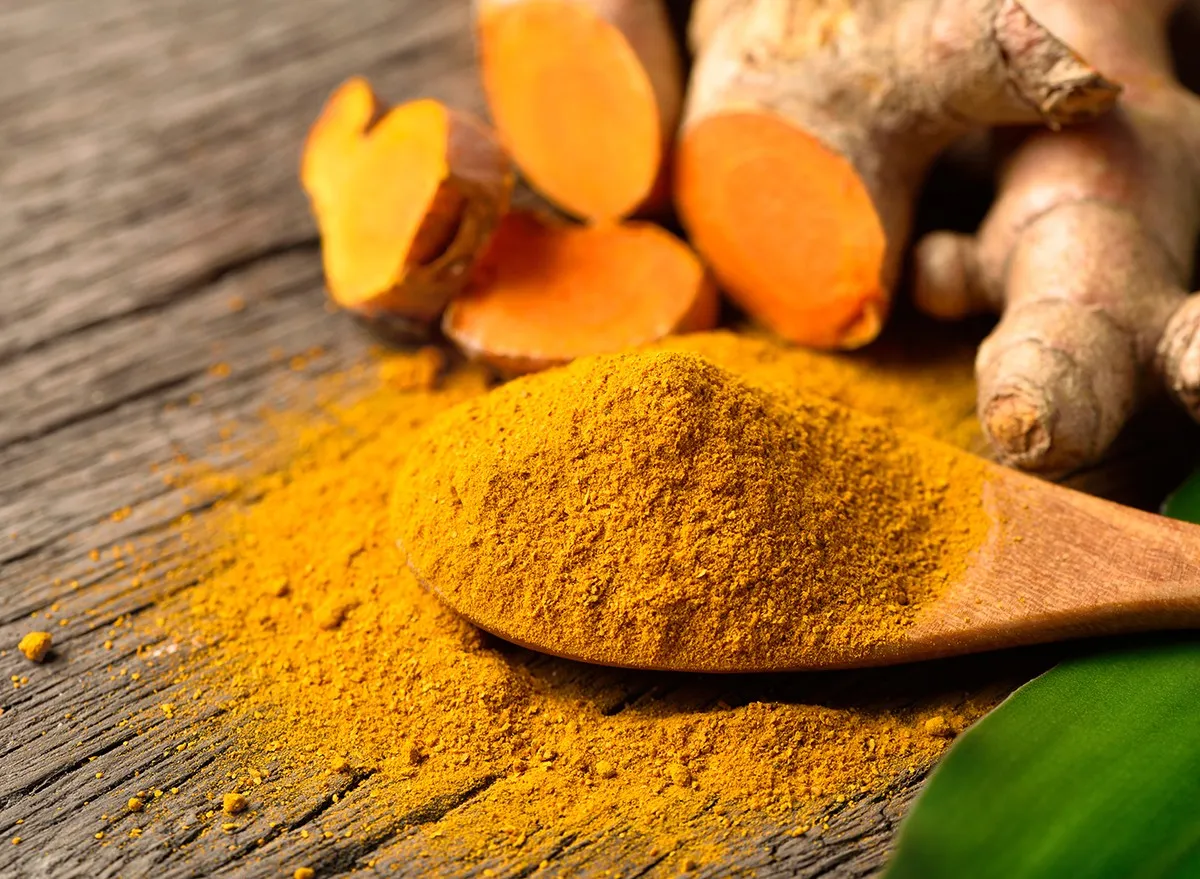
Beyond macronutrients, certain micronutrients and bioactive compounds can enhance GLP-1 production. Dr. Lyzenga-Dean explains, "Flavonoids are a family of compounds that have been shown to be particularly effective at increasing GLP-1 hormone production from the gut." Common sources include curcumin from turmeric, cinnamon, rosemary, and EGCG from green tea. For noticeable effects, these compounds often need to be concentrated in supplement form to achieve therapeutic dosages.
Berberine: "Nature's Ozempic"
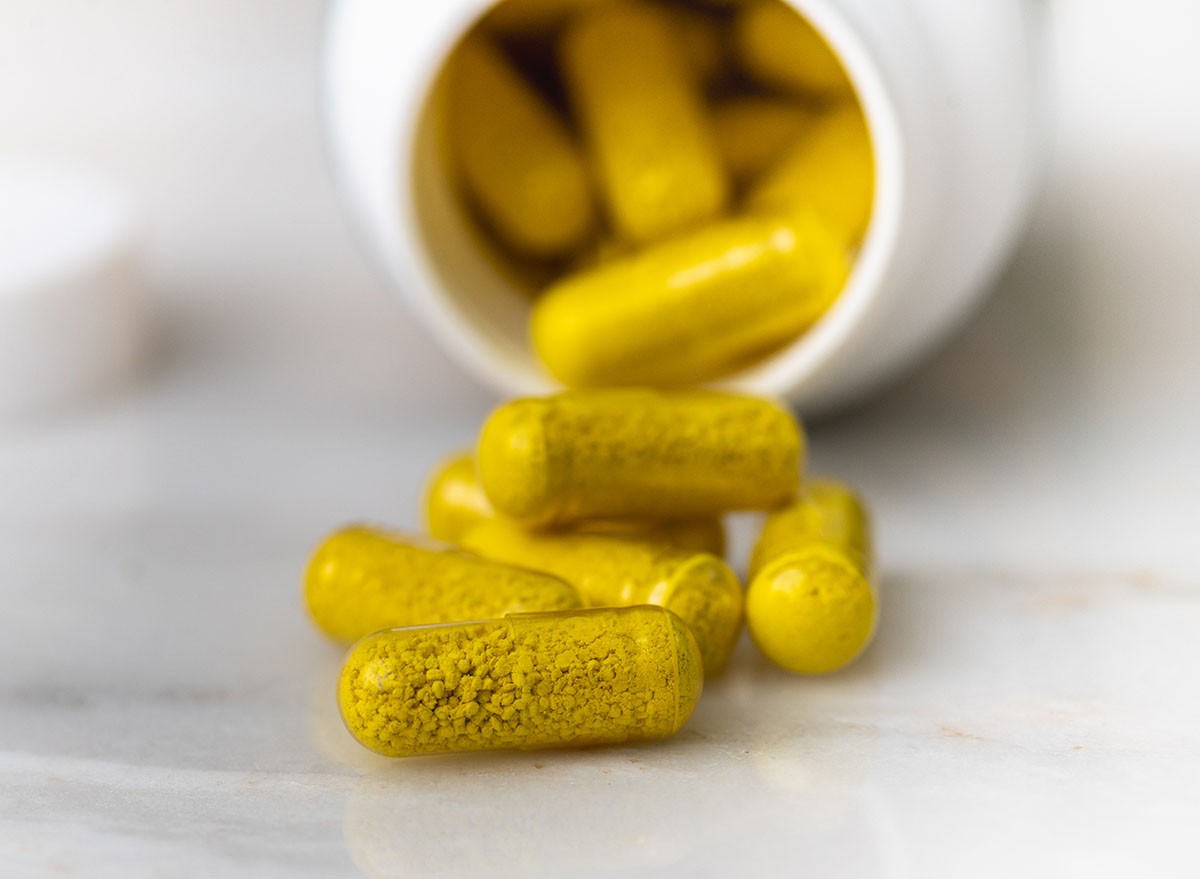
Berberine, a plant-based phytonutrient, has gained attention as a natural GLP-1 booster. "This plant-based phytonutrient is already well studied as a treatment for metabolic syndrome," says Dr. Lyzenga-Dean. Metabolic syndrome encompasses various conditions including high blood pressure, elevated blood sugar, excess abdominal fat, and abnormal cholesterol levels—precursors to many leading causes of death. Dr. Lyzenga-Dean notes that "One meta-analysis showed that just one gram of concentrated berberine significantly lowered cholesterol, BMI, weight, fasting glucose, hemoglobin A1c, and other metabolic markers."
Your Microbiome and GLP-1

Perhaps the most fundamental way to influence GLP-1 production is through your gut microbiome. "These healthy bugs make compounds called postbiotics, one category being short-chain fatty acids," explains Dr. Lyzenga-Dean. One such fatty acid, butyrate, raises GLP-1 levels. Bacteria like Akkermansia produce butyrate and, according to Dr. Lyzenga-Dean, research shows they also "increased thermogenesis, one of the ways that your body burns off fat." Supporting these beneficial bacteria through probiotics and prebiotics can effectively boost natural GLP-1 production.
Polyphenols and Prebiotics
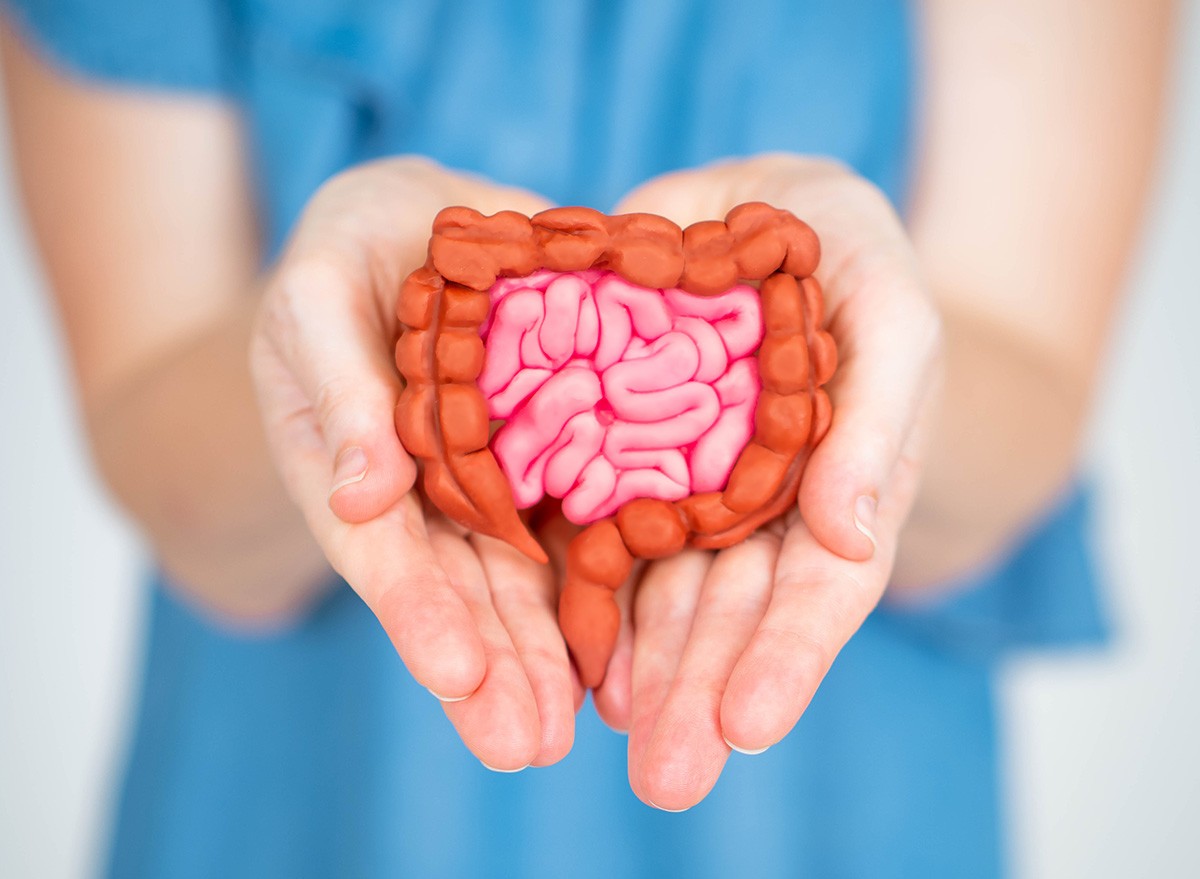
To cultivate beneficial bacteria that support GLP-1 production, consider incorporating polyphenol-rich foods. "You can support the growth of Akkermansia in your intestines with a type of prebiotic called polyphenols. The ones found in pomegranate are especially good," advises Dr. Lyzenga-Dean. Taking specific probiotic strains can also help, particularly if testing reveals low levels of these beneficial bacteria in your gut microbiome.
Combining Natural GLP-1 Strategies
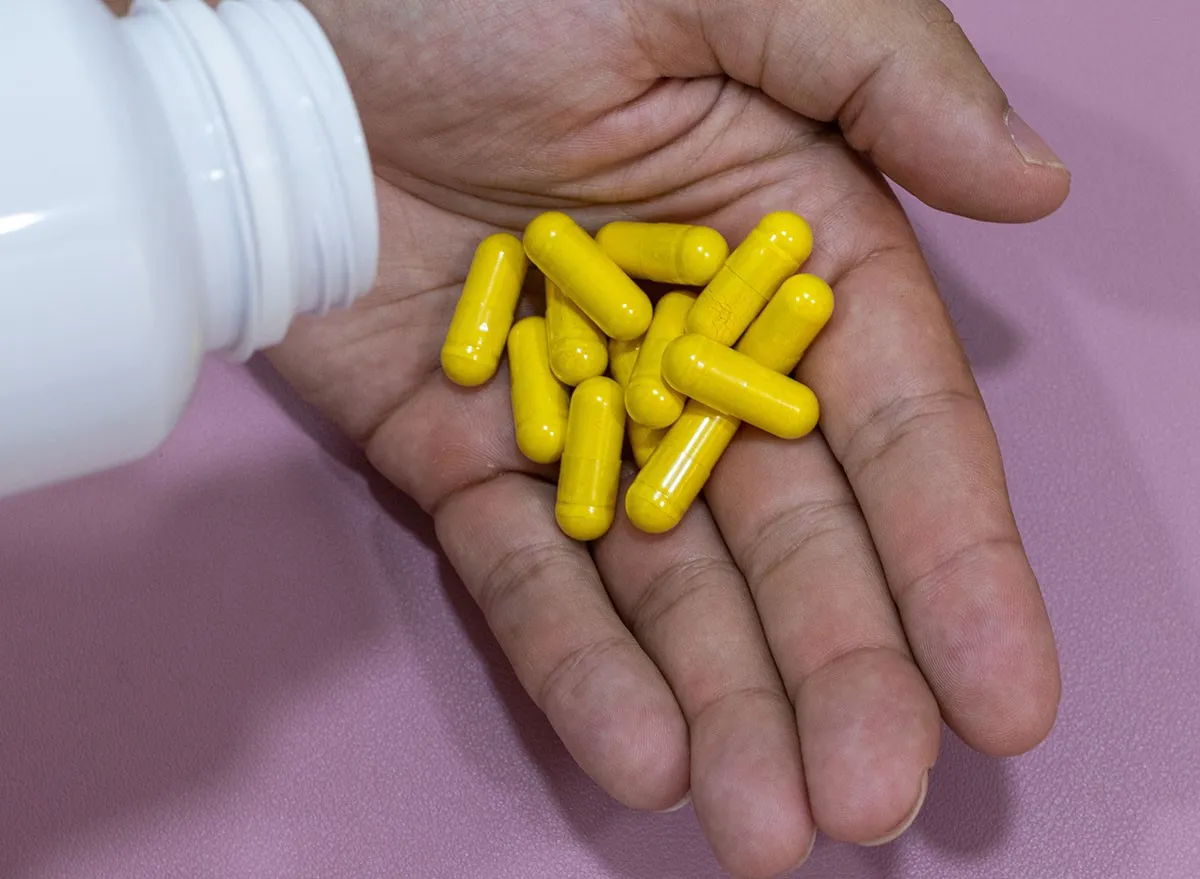
The advantage of natural GLP-1 boosters is that multiple approaches can be combined safely. "Because they come from food, supplements like berberine, flavonoids, and special probiotics are remarkably safe and have very low incidence of side effects," Dr. Lyzenga-Dean reassures. While they won't transform your body overnight or instantly eliminate cravings, these natural approaches address the root causes of weight issues and, alongside personalized dietary and lifestyle changes, can deliver sustainable results. And if you enjoyed this article, take advantage of these 15 Quick Ways to Lose Body Fat Percentage in a Week.




